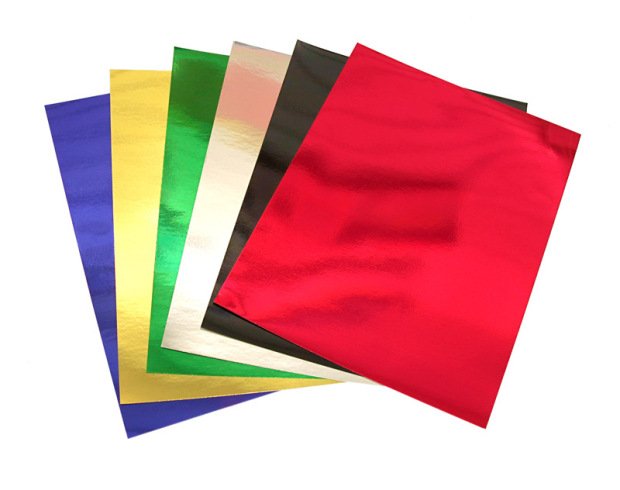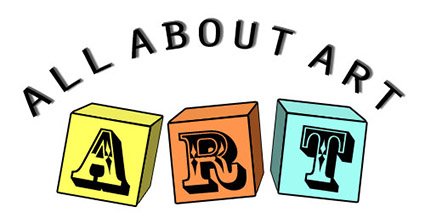In my previous post, i have discuss about origami history in japan and the origami figures and artist. Now today i will discuss about the origami progress in Japan, benefits of origami and many more. A nd let's start with theorigami progress in Japan, let's check it out...
Origami Progress In Japan
Historians generally claim origami originated from the country of origin paper, namely China. However, origami development to become an art form as it is now originated in Japan. Origami originally practiced by nobles and clerics in Japan to create decorative decorations for traditional and religious ceremonies. With over time origami increasingly popular to become Japanese folk art
The development of modern origami was pioneered by Akira Yoshizawa of Japan in 1950'an. Akira pioneered modern origami by making origami by taking various realistic models of animals, objects or decorative forms. This origami model is completely different from the traditional Japanese origami that has been known before. Thousands of origami models have been successfully created by Akira.
In addition to pioneering new models, Akira also contributed greatly to the development of origami by introducing the wet folding technique and the "Yoshizawa-Randlett" diagram. Wet folds are a new technique in folding paper by wetting paper so that it is flexible to be easily formed. While the diagram "Yoshizawa-Randlett" is a diagram on how to write instructions how to manufacture origami model by using symbols such as arrows and lines. The "Yoshizawa-Randlett" diagram makes it easy for origami fans around the world to understand the origami-making instructions, so it has now been accepted and used around the world as a standard diagram in the writing of origami modeling instructions.

Origami Benefits For Children
The benefits will be obtained when learning origami consistently is:
- You will become more familiar with the concepts and terms of mathematical geometry, because when a mother or teacher explains origami will often use the term mathematical geometry for example: line, point, intersection of 2 lines, center, triangle, etc.
- Playing origami will improve the fine motor skills of children, pressing the paper with the tips of the fingers is an effective exercise for children fine motor training.
- Increase and understand the importance of accuracy, when creating an origami model we sometimes have to divide 2, 3 or more papers, this makes the child learn about the size and shape desired and accuracy.
- Improve self-image and child talent.
- When creating origami the children will get used to learning to follow the trace instructions.
- Develop logical thinking.
- Playing origami consistently is also a concentration exercise, making an origami model of course requires concentration, and it can serve as a training ground to extend the concentration range of a child, provided that the origami is continuous and the gradually provided model of the easiest one can be done by children and then continue to be improved according to their ability.
- Improve visual and spatial perception.
- Getting to know more about animals and their environment, this is because the origami form created can be selected by us and can be used as a medium for introducing animals and the environment of children.
- Strengthening the emotional bond between parent and child, playing origami with this fun communication will build a really good bond between child and parent or teacher and student.
Types of Origami
Regarding the origami type problem, origami is known to have two types of models that are traditional models and original models or can be called also with modern models. The traditional model is a common / popular model and is usually no longer known who designed the first time. Although the numbers are many, usually these traditional models are old forms. While the original model is the contemporary works made by each of the paper folders and listed its name as their copyright.
For traditional models or shapes, models that are very well attached and well known to the Japanese people :
1. Tsuru (Stork)
The stork has a strong, sweet, beautiful, and has a special voice so that the Japanese really appreciate the importance of this stork. Therefore, the shape of tsuru or stork is the most traditional and most beautiful origami form and developed into the favorite subject of origami.
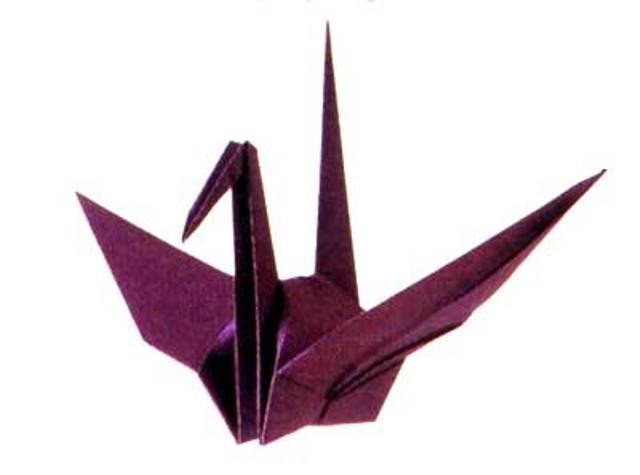
The shape of the stork was chosen as a subject of Japanese culture is very valuable. There are various versions that the stork has the meaning of bringing honor, eternal fidelity, and some even mean that the couple will always be eternal without separation. This stork symbol is widely used by Japanese as a lambing material and is a theme in the work of the famous art. Because the stork is called a bird of glory or a glorious bird, which can be a friend in life and will be very faithful to the companion of his life.
According to legend in Japan, say that whoever folded 1000 paper storks (senbazuru) then hope will be fulfilled / granted, or can cure the disease.
2. Katashiro
This katashiro form has been used in ancient times in Shinto ceremonies at Ise Shrine. Katashiro is a symbolic representation of a god made of a special paper cut called jingo yoshi (temple paper). Katashiro marks can still be seen in human-shaped cutouts that are now used in purgatory ceremonies and in doll-shaped clippings exhibited at doll festivals in March.
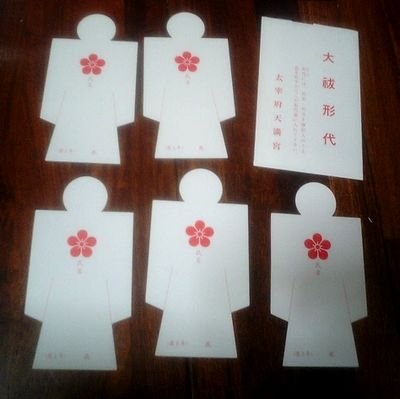
As for modern models / shapes, the development of modern origami was pioneered by Akira Yoshizawa in the 1950's. Akira pioneered modern origami by making origami by taking various realistic models of animals, objects or decorative forms. This origami model is different from traditional Japanese origami that has existed before. Different types of materials either paper or sheet material used and modern origami not just fold but also involves cutting, tacking or clipping paper.
The types of modern origami that exist today, including:
1. Pureland Origami
Pureland style developed by John Smith with the aim of facilitating the beginner in making an origami model. In origami, pureland style there is a unique requirement that in each step is only allowed once folded. Thus, the folds used are only the creases of the mountain and the folds of the valley.
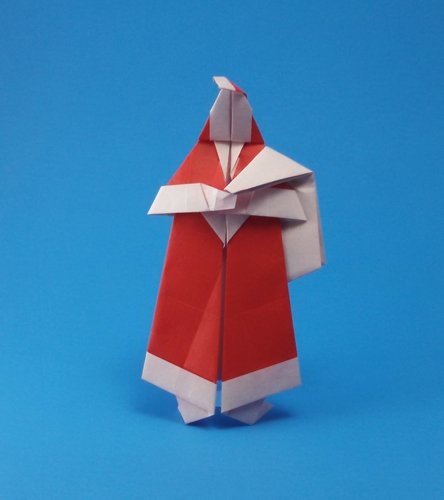
2. Modular Origami
In modular origami, from each sheet of paper is formed into a module. All modules are then put together by being glued or clamped into a particular model, such as animals, buildings or flowers
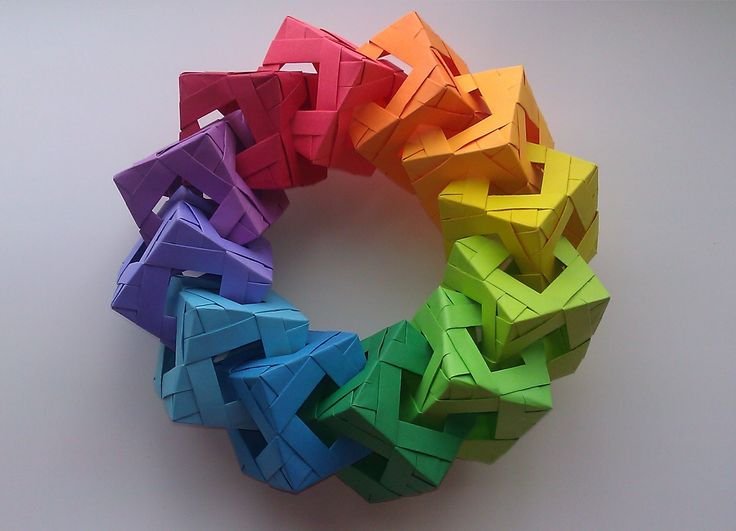
3. Technical Origami
Not like other origami styles based largely on how to try to fold in order to produce a particular form, the creation of a technical origami (sekkei origami) begins by examining mathematically the required field shapes of the model to be made and then creating a pattern of the folds should be made on paper.
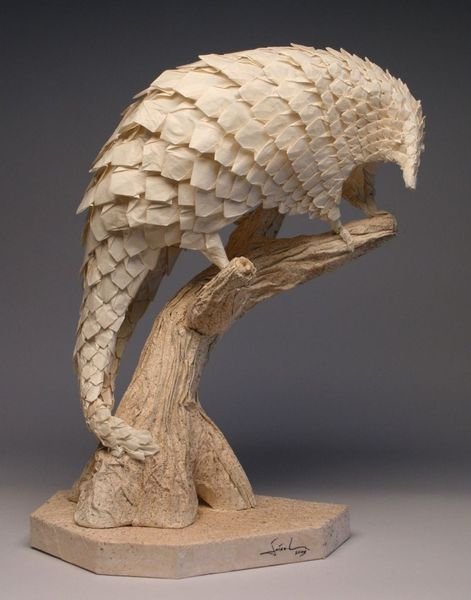
Materials and Tools for Making Origami
The most in need in the art of paper folding or origami is of course paper. In fact, the original is only from a piece of paper without any additional materials or tools. Standard characteristics of paper for easy and comfortable folded that is thin but strong. Should not be thick paper (some kind of thick cardboard), or too flexible (such as tissue paper) because that would be difficult.
Usually the paper used for origami is colorful. Colors generally only exist on one side while the other side is plain white. However, in its development becomes various, such as colored on both sides or patterned / patterned so that more interesting.
Types of paper commonly used to create origami at this time include:
- Kami is a square-shaped paper of 2.5 cm to 25 cm in size, with one side colored and the other white. The colored sides are colored gradations, two colors or patterned. Kami resemble the marble papers we know.
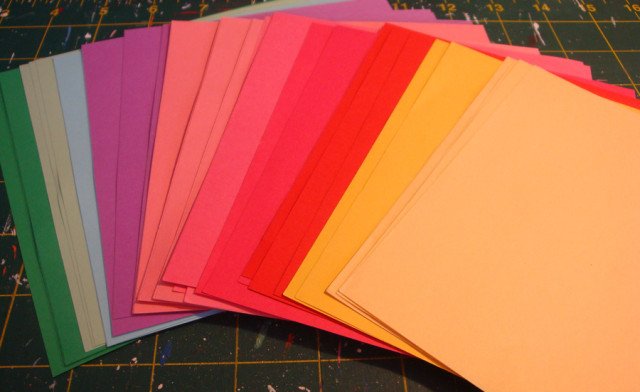
- Washi is a traditional paper commonly used to make origami in Japan. Washi paper thicker and stronger than ordinary paper, very interesting and very expensive washi paper is originally used for dividing traditional home space in Japan. Where, historically, since the first time the Japanese learned how to use bark fibers from bushes such as kozo and gampi to make paper thin but strong. The paper is used in homes for fusuma sliding doors and byobu barriers. A strong piece of paper is required for this, so factories develop techniques to place the fibers in a number of layers. This paper can later be used to cover the empty spaces on the shoji sliding door, which gives the level of privacy but the light can still penetrate it. The chochin lantern and the andon lights, widely used from the late twelfth to the seventeenth centuries and beyond, also let a little ray pass through the paper. The collapsible chochin lanterns require paper that is strong enough to withstand the repetition of folding and unfolding each time the lamp is stored, then used again later. The type of paper is a washi paper, which is then considered suitable also for origami. Washi paper is also a banknote material so the Yen paper money is very strong and not easily worn.
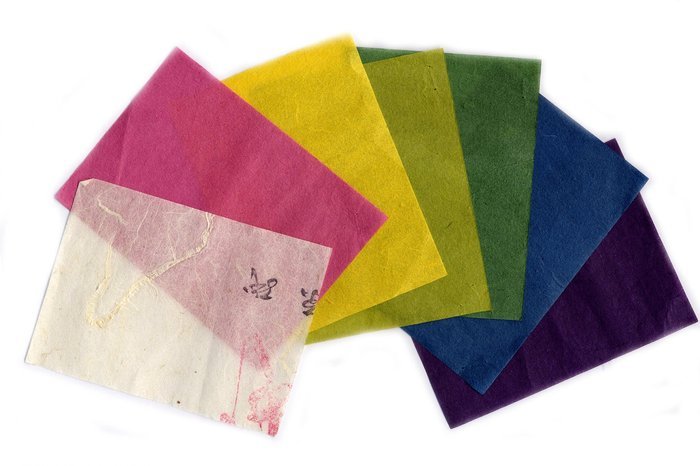
- The usual printer paper or photocopy paper 70-90 grams. Generally used for origami practice. Because in addition to easily obtained, the price was cheap.
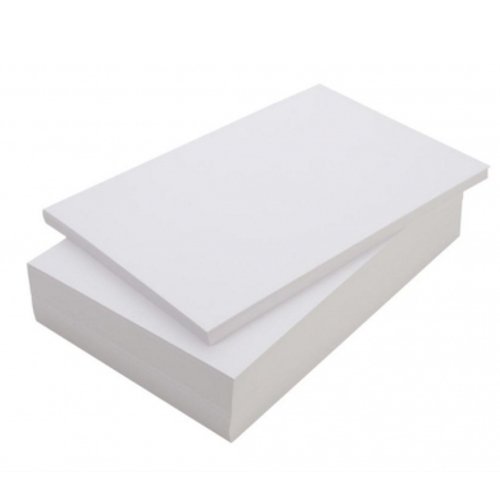
- The foil-coated paper, has a shiny color from a thin aluminum layer on one side. Generally used for making origami for decoration purposes. As the times progressed, the material used for origami was not just paper. This type of sheet material such as zinc or aluminum is also used for origami with a specific purpose. However, paper remains a commonly used material. At first, origami does not require any tools, because it only needs skill in folding. However, in some modern origami styles it takes some tools and ancillary materials such as scissors, adhesives, color paint and paper clips.
